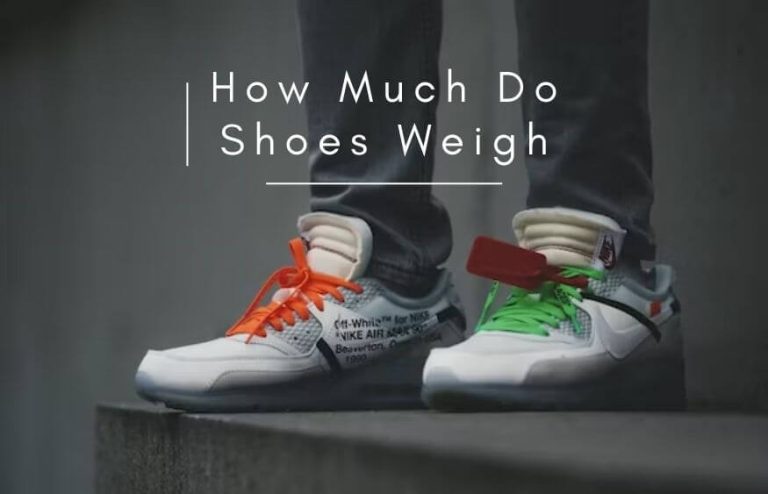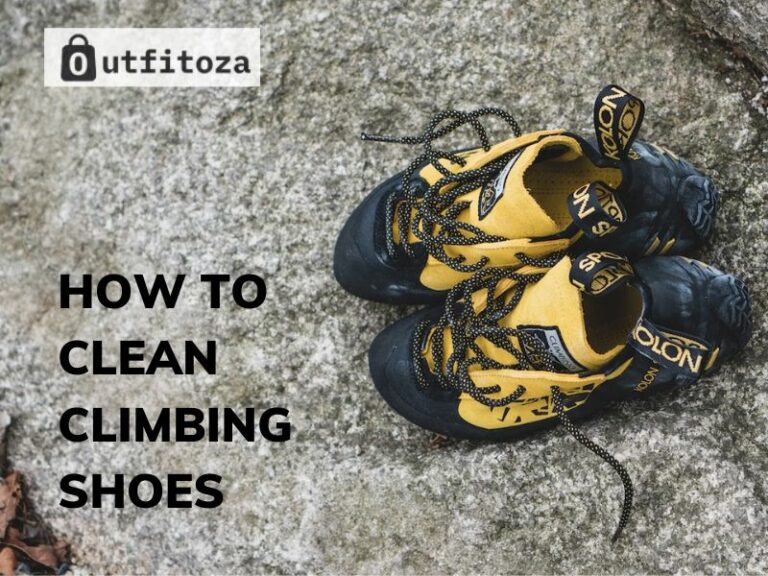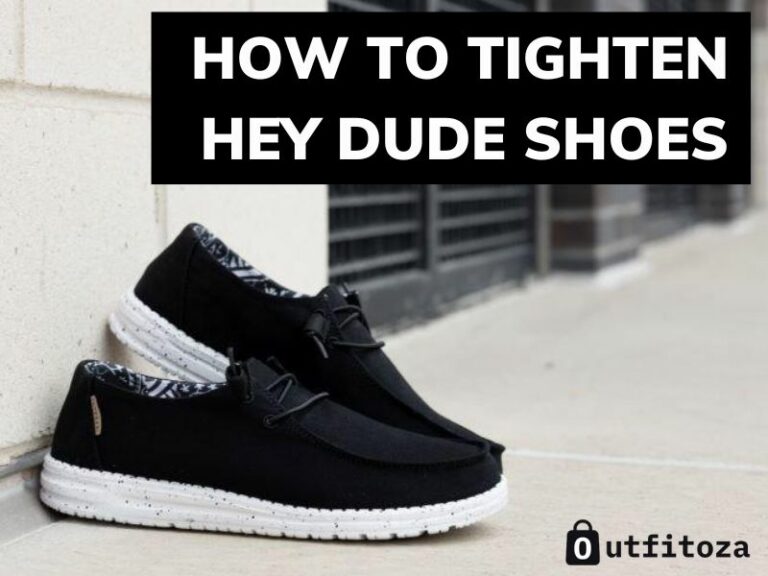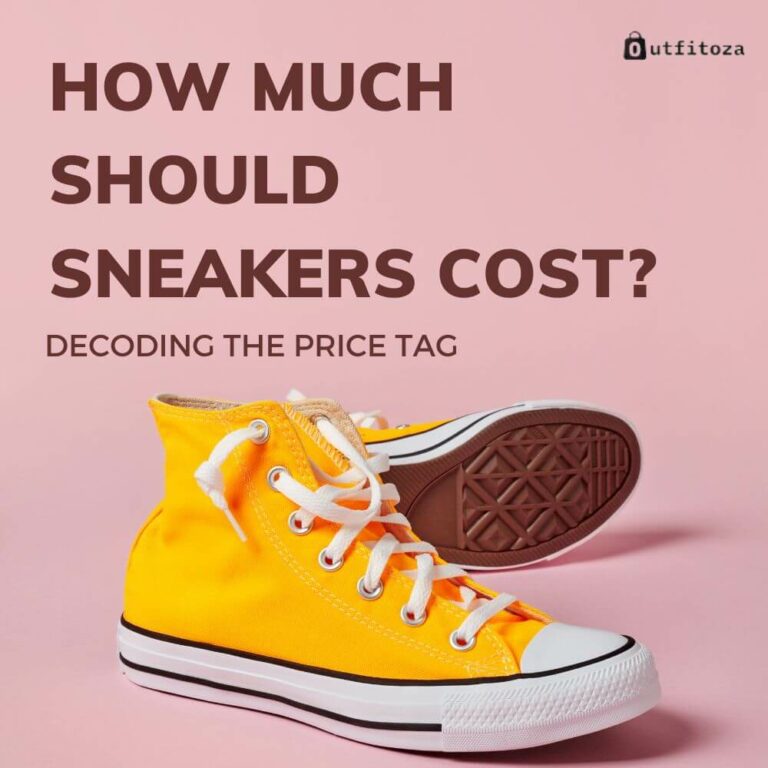How Long Do Sneakers Last? Key Factors To Consider
Sneakers are an essential part of our everyday life, and they come in different shapes, sizes, and types. But how long do sneakers last? And what factors should you consider when deciding to change them? You need to know the lifespan of a pair of footwear to avoid being hurt when using them, following this article to get the answer.
How Long Should A Pair Of Sneakers Last?
Sneakers have become a staple in the fashion world and a go-to shoe for everyday activities, such as running errands, going to work, or working out. So, how long should a pair of footwear last? The lifespan of sneakers varies depending on several factors, including the type of footwear, how often you wear them, and the quality of the materials. The following factors can affect the lifespan of them:
Read more: What Color Of Sneakers Goes With Everything: You Know Yet?
Type of sneaker
The type of sneaker plays a significant role in determining its lifespan. Some are designed for specific activities and have a shorter lifespan than others.
For example, running shoes are designed for high-impact activities and have a lifespan of approximately 300-500 miles, depending on the frequency of use. Basketball shoes are also designed for high-impact activities, and their lifespan varies based on the frequency of use and intensity of play.
Frequency of use
The frequency of use is another critical factor that affects the lifespan of sneakers. The more often you wear your footwear, the faster it will wear out.
For example, if you wear your running shoes daily, they will wear out much faster than if you only wear them once a week. Therefore, it is essential to rotate your footwear to ensure they last longer.
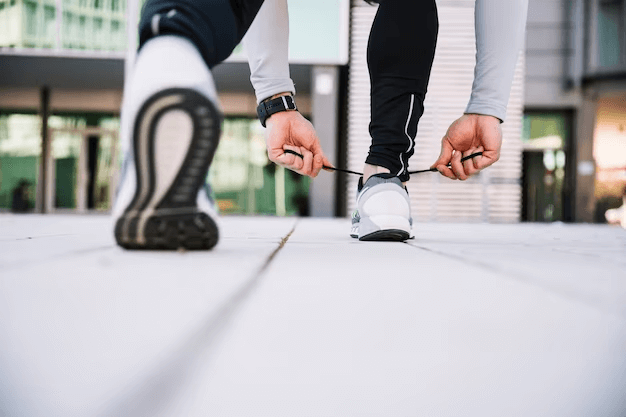
Quality of materials
The quality of materials used to make sneakers is crucial in determining their lifespan. Sneakers made with high-quality materials tend to last longer than those made with low-quality materials. Some materials used to make sneakers include leather, suede, mesh, and synthetic materials.
What Type Of Sneakers Should Be Changed More Often?
You need to identify what type of sneakers may need to be changed more frequently, including running/walking shoes, work shoes, and casual shoes. The following will show you details related to three main types of sneakers:
Running/walking shoes
Running and walking shoes are subjected to a lot of wear and tear because they are made to offer support, cushioning, and shock absorption. Your footwear may need to be updated more regularly than if you only wore them occasionally if you run or stroll frequently.
The general guideline for replacing Schuler shoes is around 700 miles of use. This is because the cushioning and support systems in the footwear begin to break down over time, which can lead to discomfort or even injury.
Work shoes
Work shoes are designed for people who spend long hours on their feet, such as nurses, chefs, and construction workers. These footwears need to be durable, supportive, and comfortable, but they must also replace more frequently than other types of sneakers.
Read more: What Shoe Size Sneakers Are Most Popular (Here Is An Answer)
Casual shoes
Casual shoes are typically worn for everyday activities such as running errands, hanging out with friends, or working in a casual office. While they don’t usually require as much support or cushioning as running or work shoes, they must replace periodically.
The lifespan of casual shoes can vary depending on the quality of the materials and the frequency of use. It’s recommended to replace your casual sneakers every six to 12 months, especially if you wear them frequently.
Read more: How To Lace Sneakers
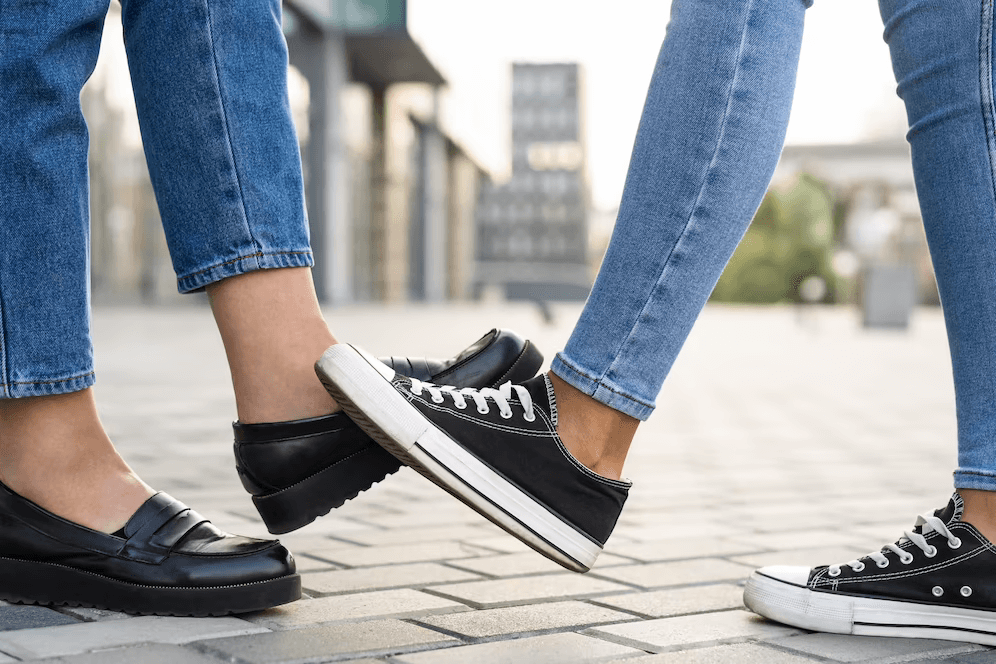
Conclusion
In conclusion, taking care of your sneakers and knowing when to replace them can help you maximize your footwear investment. By following these simple steps and paying attention to the signs of wear and tear, you can answer the question, “How long do sneakers last?” and enjoy comfortable and supportive sneakers.
For more information, you can see this video:
FAQs
If you start to feel discomfort or pain while wearing your footwear or notice any signs of wear and tear, it may be time to replace them. Some common symptoms of wear and tear include holes or tears in the upper or sole, worn-out treads or uneven wear patterns, or a loss of cushioning or support.
The lifespan of your tennis shoes will depend on how often you wear them, the type of court surface you play on, and the intensity of your matches. On average, you should change tennis shoes after 50-60 hours of play (no matter they are cheap tennis shoes or expensive ones).
The lifespan of running shoes can vary depending on several factors, such as the type of shoe, frequency of use, and running style. Generally, running shoes should replace every 300-500 miles or whenever signs of wear and tear appear.


